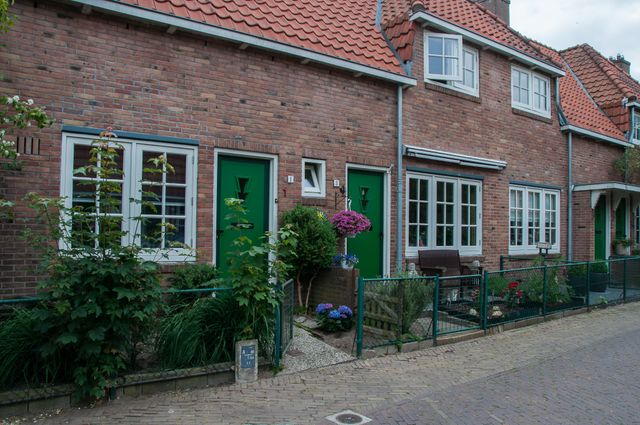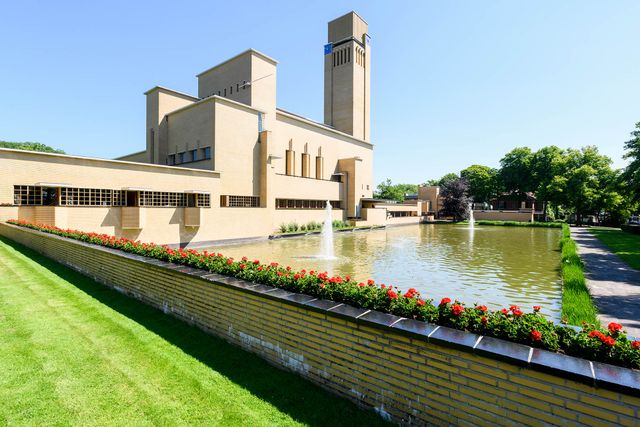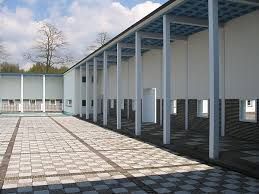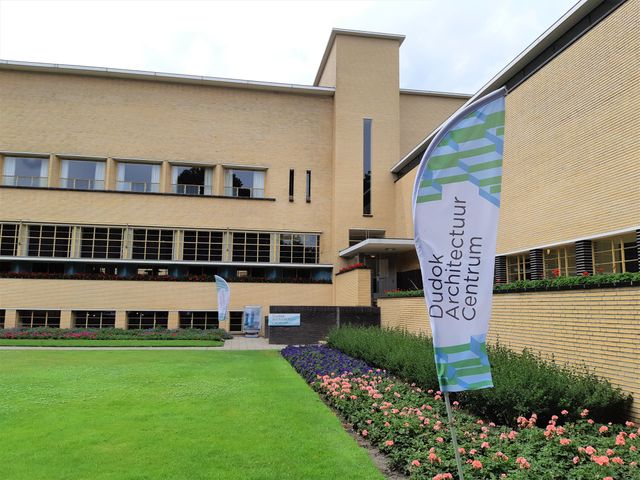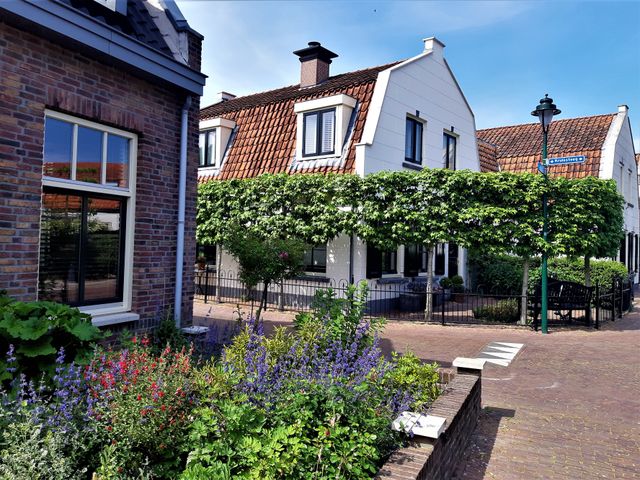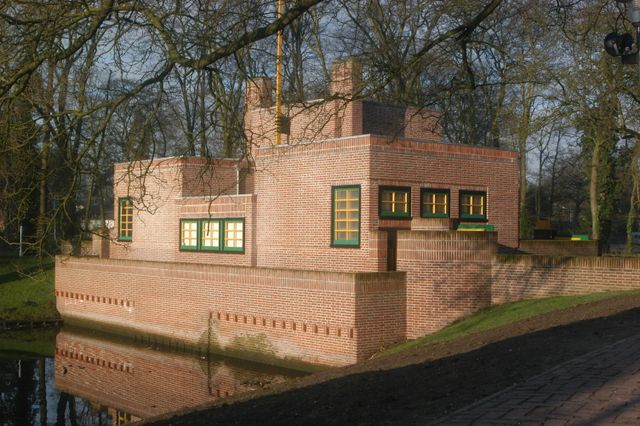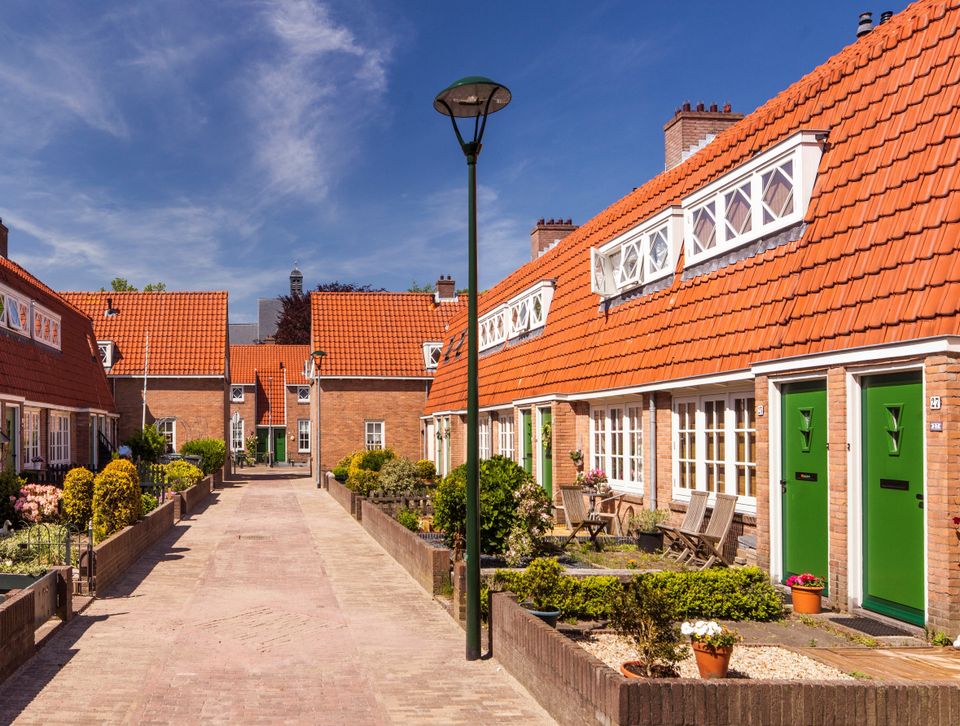
De Bloemenbuurt
The Bloemenbuurt is still just as characteristic as it used to be!
The Bloemenbuurt seems like an ordinary neighborhood in Hilversum. What not many people know is that this is the first neighborhood with social housing that was developed on behalf of a municipality.
First housing complexes for workers
The housing law of 1901/1902 was intended to change the appalling and unsanitary living conditions in the Netherlands. Every municipality with more than 10,000 inhabitants was obliged to draw up an expansion plan. Architect W.M. Dudok was hired in Hilversum, among other things, to shape the expansion plans. Dudok designed simple and affordable houses for workers, which were beautiful, good and hygienic. Until 1953, twenty-nine municipal complexes were established under Dudok's leadership, of which the Bloemenbuurt was the first.
Variety in the spaces
Dudok has often argued that residential areas could only be turned into architecture if they were conceived as one whole. He did not design his plans street by street, but by neighborhood. Dudok spent a relatively large part of the available space on public gardens and playing fields. Through gatehouses and recessed and protruding façade walls, he alternated between open and closed streets. He promoted social cohesion with squares and courtyards; the centrally located public buildings also contributed to this. He designed the houses with small differences, but traditional. This gave the neighborhood the character of a small village.
The current residents came up with the name 'Home in the Bloemenbuurt'! Under this name, Dudok Wonen renovated more than 500 homes in the Bloemenbuurt-Zuid. The exterior of the houses has been refurbished, with the original style features of architect Dudok returning. At the end of 2017, the renovation of the 571 homes was completely finished.

